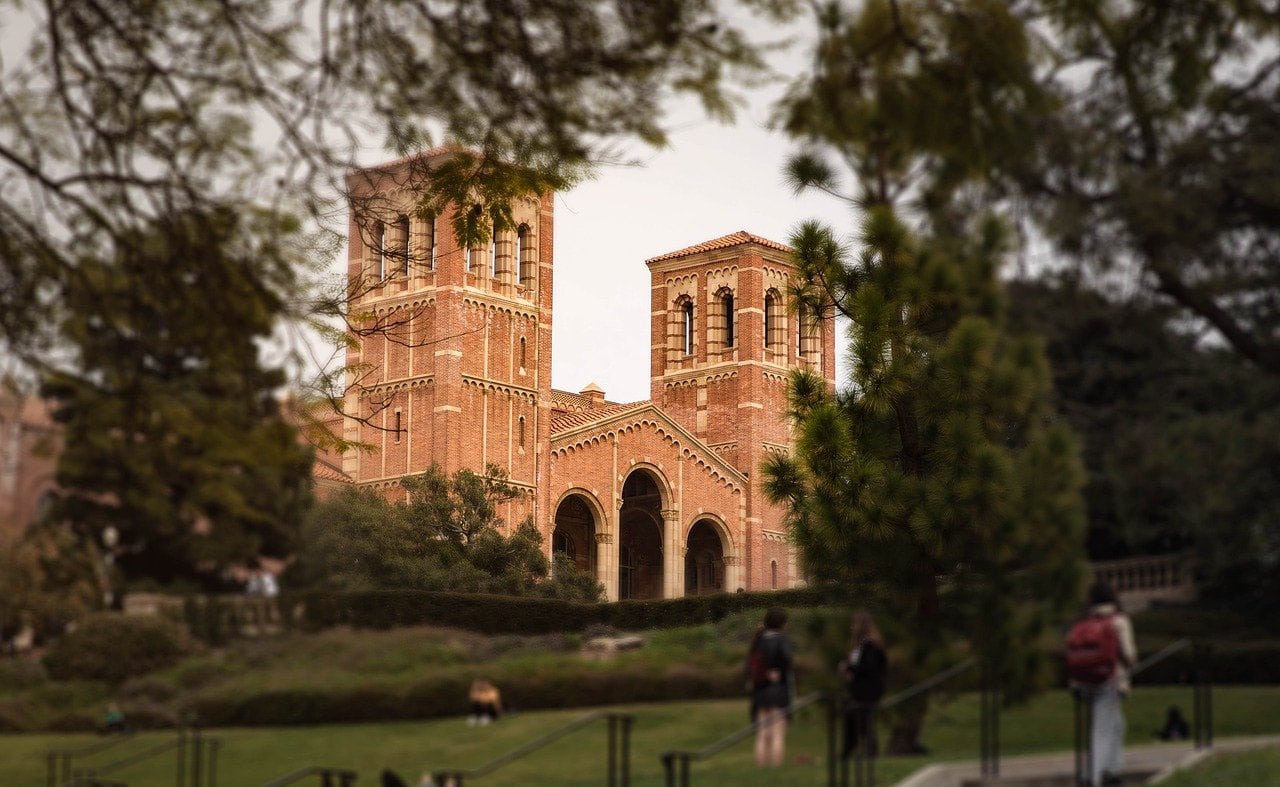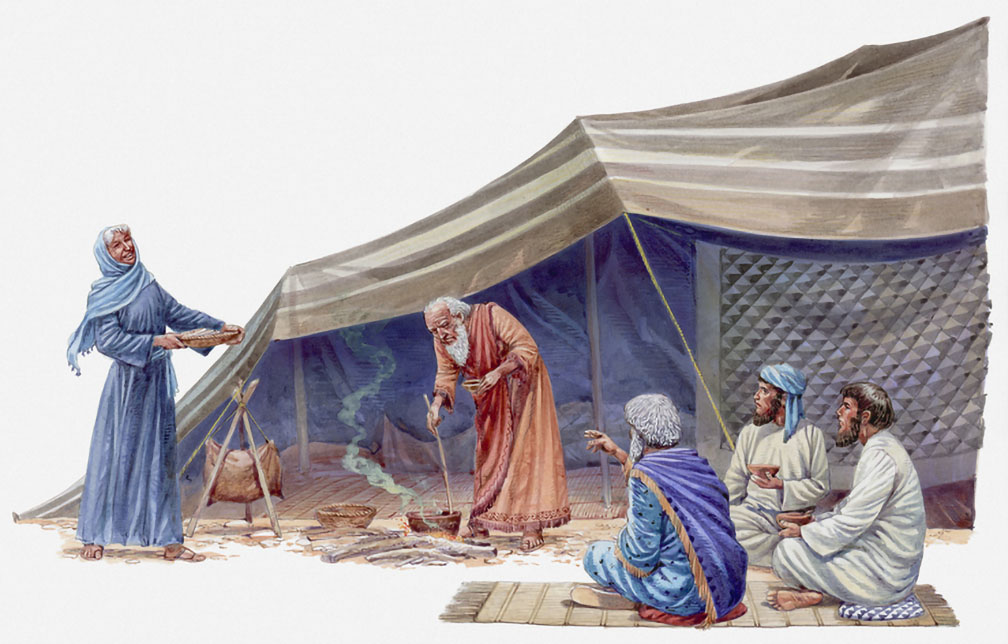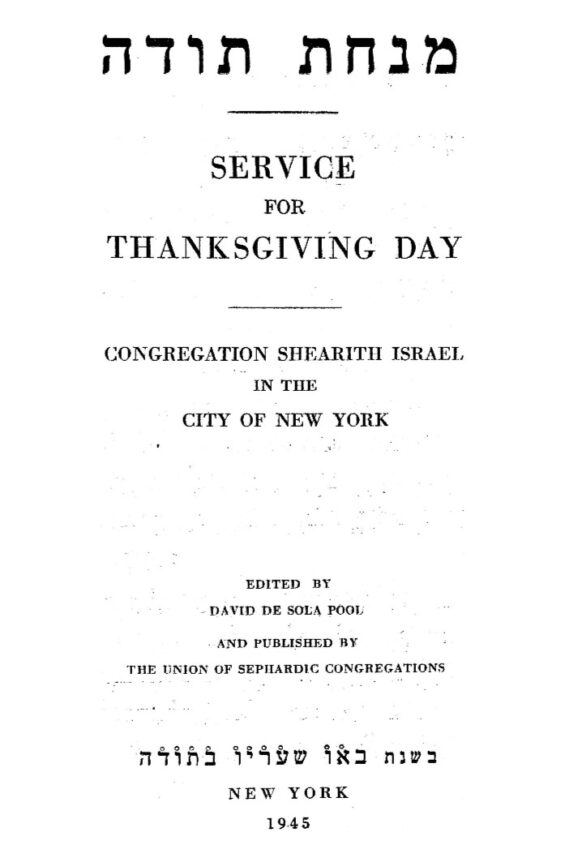“The Five: A Novel of Jewish Life in Turn-of-the-Century Odessa” by Vladimir Jabotinsky; translated by Michael Katz (Cornell University Press, $17.95).
A passing reference in Ruth Wisse’s “The Modern Jewish Canon; A Journey Through Language and Culture” (Free Press, 2000) led to the rediscovery and translation of a remarkable novel by Vladimir Jabotinsky. “The Five,” written in 1935 and published a year later in Paris as “Pyatero,” has been reissued in its first-ever English edition, translated from the Russian by Middlebury College professor Michael Katz.
“The Five” is a novel set in Odessa at the dawn of the 20th century, unfolding the story of a colorful upper-middle-class Jewish family and its path of assimilation. An autobiographical tale, it’s also a romantic portrait of the cosmopolitan city Jabotinsky loved and a life that is no more.
While he is best known as the bold and outspoken founder of the militant Zionist Revisionist movement, the Odessa-born Jabotinsky (1880-1940) began his career as a journalist and was a brilliant orator, linguist and politician. He produced 18 volumes of writings — letters, poetry, speeches, essays, plays — that were published in Hebrew. His first novel, “Samson the Nazarite,” was published in 1926 in Russian and later translated into Hebrew, English and German.
Katz, a scholar of Russian literature, read Wisse’s mention of Jabotinsky’s fiction in a piece she wrote about the better-known writer of Odessa, Isaac Babel. This was the first time Katz had heard of “The Five.”
A footnote led him to Alice Nakhimovsky’s “Russian-Jewish Literary Identity” (Johns Hopkins, 1991) and a sentence inspired him to try to track down the book: “Unlike ‘Samson,’ ‘The Five’ is not simply a novel written in Russian, but a Russian novel.”
“I had come upon an undiscovered gem,” Katz said in an e-mail interview from Odessa, where he is spending the semester.
He explained that there are hardly any references to Jabotinsky in standard reference works on Russian literature, most likely because the author was Jewish and his theme was Jewish life. Because his works were written in Russian, rather than Yiddish or Hebrew, he is largely omitted from reference works on Jewish literature.
In an introduction to “The Five,” Michael Stanislawski, professor of Jewish history at Columbia University, described the translation as “a milestone in Jewish literary and political history, for it makes available to readers with no access to the original (or access only to the heavily censored and misleading Hebrew translation), a fascinating and crucial source in the development of modern Jewish literature, modern Jewish politics, and perhaps most broadly, what we might call modern Jewish self-fashioning.” Stanislawski writes of “The Five” in his book, “Zionism and the Fin De Siecle.”
The five referred to in the title are the five siblings of the Milgrom family introduced in their own chapters. They and their parents, other relatives and friends who congregate in their Odessa home are the main focus of the novel. The reader, too, feels as if on an extended salon visit with these freethinking, modern Jews, who are most comfortable around other Jews.
They’re intriguing, memorable characters, particularly Marusya, who is surrounded by a regular band of sightseers who enjoy her beauty, humor and sense that no rules apply to her. But, “much steel was hidden beneath the velvet.” Another daughter is dark and bitter, with the type of genuine beauty that demands discovery.
The father describes one son as a charlatan, adding that he loves charlatans, and finds another son to be a fool, not the type born with leaden soles but with winged sandals, like Mercury. The youngest son owns the single book of Jewish content in the house, Heinreich Gratz’s “History of the Jews.”
Their adventures, conversations and ultimate tragedies are set against the political, social and artistic sensibilities of the time, from the early days of the 20th century to the Russian Revolution. Jabotinsky’s writing is full of poetry, tenderness and humor toward his characters and Odessa.
Deribasov Street is the “queen of streets in the whole wide world.” The narrator would walk its length daily, as though it were sacred ground. Its intersecting streets were the queen’s maids of honor.
On Pushkin Street, “grand, classic antiquity was living out its last days,” where “grain traders were still called merchants and mixed both Greek and Italian phrases into their conversation.” On another street, both sides glittered with “gilded signs of banking offices, unattainable stores, and Olympian barbershops, where they could shave a man’s face to an azure tint.” Always nearby is the Black Sea, which, for 15 minutes at dawn, is white-on-white striped.
Later on, Odessa is “swept by malice that, they say, had previously never affected our mild southern metropolis, created over the course of centuries through the harmonious and loving efforts of four peaceful races. They’d always quarreled and cursed each other as rogues or idiots, and had sometimes even fought, but in all my memory, there had never been any authentic ferocious hostility. Now all this had changed.”
The narrator is an appealing character, too, although he’s somewhat mysterious. He occasionally interrupts the narrative to address the reader about the storytelling itself. In a note at the beginning, “instead of a preface,” he describes this family as a textbook example of how “the entire preceding period of Russification — both good and bad — got even with us.”
That “The Five” is a pleasure to read is a testament to Katz’s skills as a translator. Although it’s unusual to feature footnotes in a novel, here they enhance the text — clarifying language usage, names of writers and leaders of the time and points of interest to the reader, such as linking a mention of Odessa’s famous 198-step granite staircase leading from the harbor with Sergei Eisenstein’s 1925 classic film, “The Battleship Potemkin.”
When asked about how Jabotinsky managed to write literary fiction while fighting to assert his more militant version of Zionism, Katz responds that it’s difficult to answer.
“I would guess that he was a very complicated figure, on the one hand a freedom fighter/terrorist [depending on your point of view], and on the other hand a deeply emotional and sensitive observer of life in late-19th to early-20th century Odessa.”
A master of multitasking, Jabotinsky studied law; served as a foreign correspondent for Odessa newspapers; campaigned for Zionism across Europe; helped found the Jewish Legion during World War I, as well as the Haganah, Irgun and the militant youth movement Betar; and also wrote a fragmentary autobiography in Russian, Yiddish and then Hebrew, “The Story of My Life.”
However, according to Katz, “The Five” provides “a glimpse of his own life that is more honest (less ideological) than his autobiographical writings, where he was trying to explain his own path to Zionism.”
“It presents a very different side of the man Jabotinsky from the one generally held: It is an honest, sympathetic, nostalgic portrait of his childhood and youth in the most colorful (and most Jewish) city in the Russian empire,” Katz continued.
The author of “The Literary Ballad in Early Nineteenth-Century Russian Literature” (Oxford, 1976) and “Dreams and the Unconscious in Nineteenth-Century Russian Fiction” (University Microfilms International, 1991) Katz, 60, has translated many Russian novels into English. He finds Jabotinsky’s Russian to be splendid — the novelist was very well read and makes references throughout to classical, Russian, Western and Jewish texts.
For assistance with the Odessa dialect sprinkled throughout the novel, Katz would send lists of words and phrases he couldn’t understand to linguists in Odessa, who translated the words into Russian, which he then translated into English.
Jabotinsky was prolific. He translated Edgar Allen Poe’s “The Raven” into Hebrew, as well as 10 cantos of Dante’s “Inferno.” He also translated Chaim Nachman Bialik’s “Songs and Poems” into Russian.
He wrote several plays, some staged in Odessa, and through the 1920s and 1930s, he published articles in the Yiddish press in Warsaw and also in the New York Jewish Morning Journal. His novel, “Samson the Nazarite,” is laced with his philosophy of Jewish history.
Historian and sociologist Jerome Chanes points out that Jabotinsky even gets a writing credit in the 1949 Cecil B. DeMille film, “Samson and Delilah.”




















 More news and opinions than at a Shabbat dinner, right in your inbox.
More news and opinions than at a Shabbat dinner, right in your inbox.